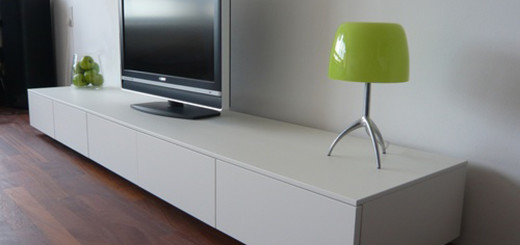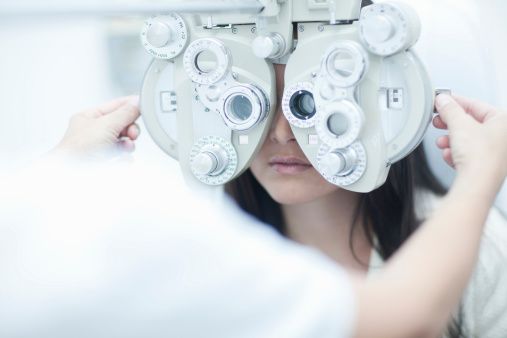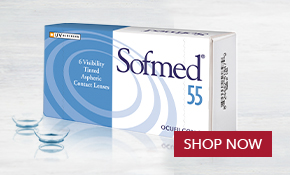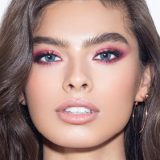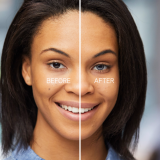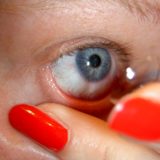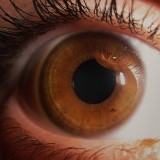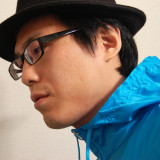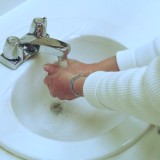Bifocal Contacts
Forty isn’t too far away for me now. And, although I’m convinced 40 is the new 30, my eyes may not be fooled. It seems most people experience presbyopia when they hit the four decades mark and I’m sure to be one of them!
The good news is, no longer does turning forty mean you have to wear a pair of thick glasses lenses with an ugly line across them. No! In addition to a few regular glasses lens options — like progressive (or no-line bifocal) lenses–you can get bifocal lenses right in your contacts!
Though bifocal contacts have been around for a while, they’ve only recently become popular as newer technology has made them easier to use and more comfortable to adjust to.
Some bifocal contacts work just like the old-style bifocal glasses — where there is a line separating your distance vision correction (at the top of the lens) and your near vision correction (at the bottom of the lens). These are called “translating lenses.” Other types of bifocal contacts use concentric circles with different prescription strengths alternating in each ring. These are referred to as “concentric” lenses. One final type of bifocal contact has the near prescription in the center of the lens and the distance prescription in the outside. These are called “aspheric” lenses.
Depending on the strength of the prescription you need and the size of your pupil, your optometrist may recommend one style of bifocal contact over another. Many people take a full six weeks to get used to this type of multifocal contact lens. While you are adjusting to your new lenses you may experience glare (at night especially), hazy vision or see more shadows. But this should change after you adjust to your new lenses.
Bifocal contact lenses come in many types such as soft lenses, gas permeable lenses, and even disposable lenses. Ask your trusted optometrist inside your closes America’s Best store which type they recommend for you.
In some cases, you may decide you don’t like the first type you try and you may need to try another type of lens until you find the one that works best for you. And, though America’s Best has fantastic prices on contact lenses, most brands will offer a free sample of specialty types of lenses like these. You can try a different style without losing money if the first type you try doesn’t work well for you.

